Do you know what you put on your food can be as important as the food itself? In my journey of improving my diet a friend recommended I look into the Zone Diet by Dr. Barry Sears. In reading his books I have learned about food as medicine. In the book "The Top 100 Zone Foods" Dr. Barry Sears lists beneficial condiments and spices.
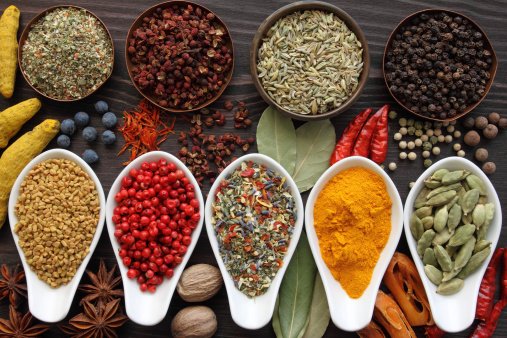
Below are excerps from "The Top 100 Zone Foods" and nutritional data from SELFNutritionData
Just because something is beneficial in small amounts does not make it safe in large quantities. I have included WebMD references to give further information on benefits and potential side-effects for each spice and condiment. If you are unsure about anything, you should consult a physician.
Garlic Powder
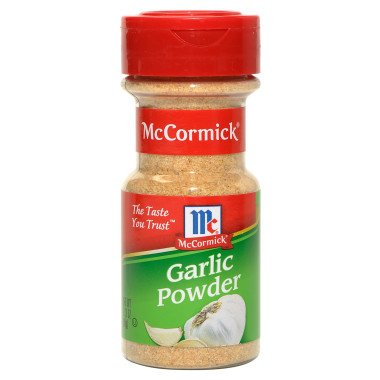
Garlic has been recognized as a medicinal food since ancient times. The Egyptians worshipped it. In ancient Greece Hippocrates used garlic to treat cervical cancer. And monks chewed garlic bulbs for protection from the plague in the Middle Ages.
In modern times the National Cancer Institute is studying the disease-fighting properties of garlic. To date there have been more that 500 major studies performed on garlic.
Allicin is a chemical compound formed when garlic is crushed. This chemical reduces cholesterol levels and lowers blood pressure. The chenical also has the ability to reduce the formation of blood clots which is beneficial in reducing the risk of heart disease and strokes.
In animal studies the chemical compound diallyl sulfide (DAS) can inactivate potent cancer-causing substances. It also suppresses the growth of tumors as shown in animal studies.
Together garlic compounds stimulate the formation of a potent anti-oxident called glutathione.
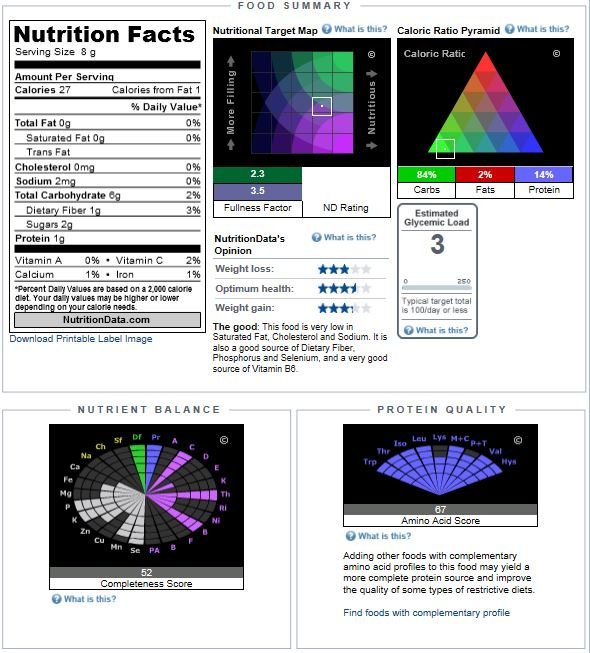
Basil

The Basil plant is considered to be sacred by the Hindus. The Hindus hold a fall festival in honor of basil.
Basil contains potent anti-oxidants called monoterpenes. Monoterpenes may help to protect against heart disease and cancer. For people with adult-onset diabetes basil may aid in stabilizing blood sugar levels. In India when researchers gave diabetic patients a basil leaf preparation they found that fasting blood glucose levels dropped by 17%. In Italy researchers found that eating basil, parsley, and rosemary may reduce lung cancer risk. Animals who were fed basil leaves showed that the growth of cancers like liver tumors could be stunted.
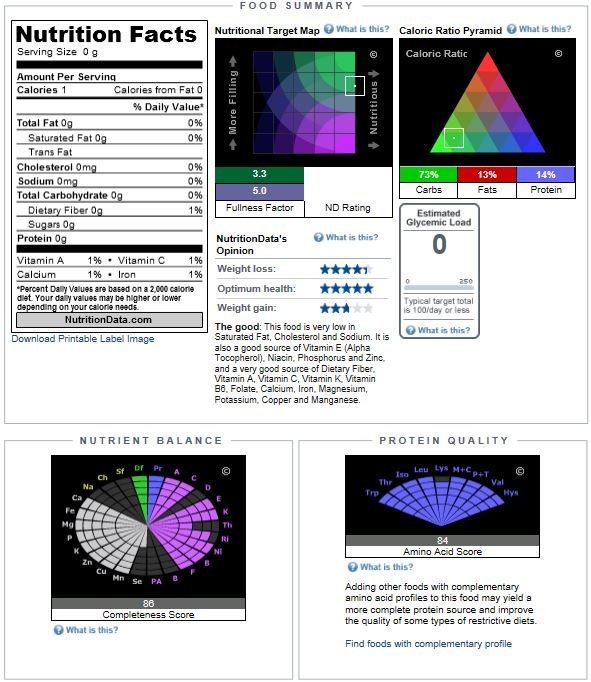
Alfalfa Sprouts

The biologist Frank Bouer called alfalfa "the great healer". The delicate alfalfa sprouts are abundant in beneficial fiber. Alfalfa has a long history of being used in herbal medicine. Modern medicine has found that alfalfa sprouts are the richest sources of anti-oxidants per gram of carbohydrate.
Alfalfa contains vitamin K which helps your body retain calcium and helps your blood to clot to prevent hemorrhaging. Menopausal women suffering from hot flashes and mood swings may be able counteract these symptoms with alfalfa sprouts.
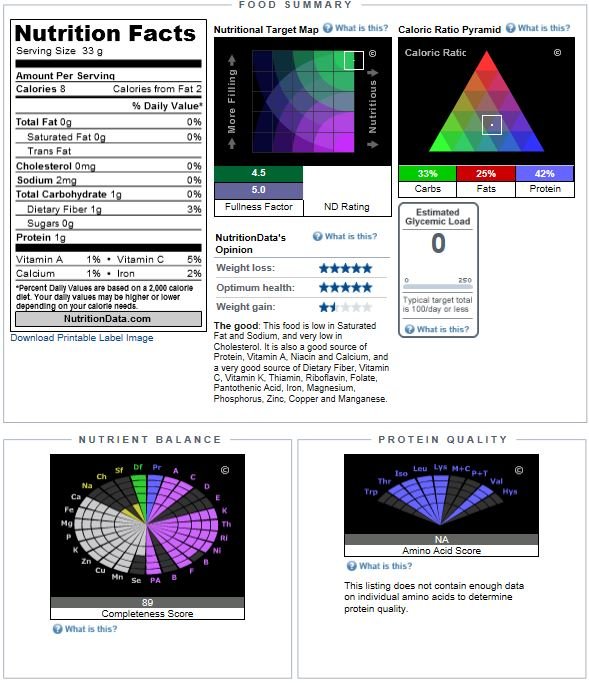
Red Hot Chili Peppers (Raw)
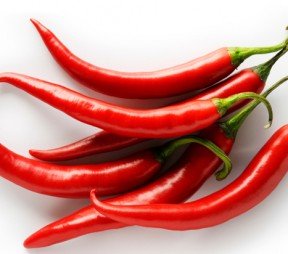
This is not the rock group :-)
Research cames out a years ago that showed eating chilies could help keep you thin by speeding up your metabolism. The biting sting from chilies comes from the compound capsaicin. This compound relieves pain by draining cells of the capability to send out pain signals to your brain. Eating chili peppers also triggers the release of the "feel-good" endorphins.
In animal studies chilies have been show to lower LDL cholesterol and tryglycerides.
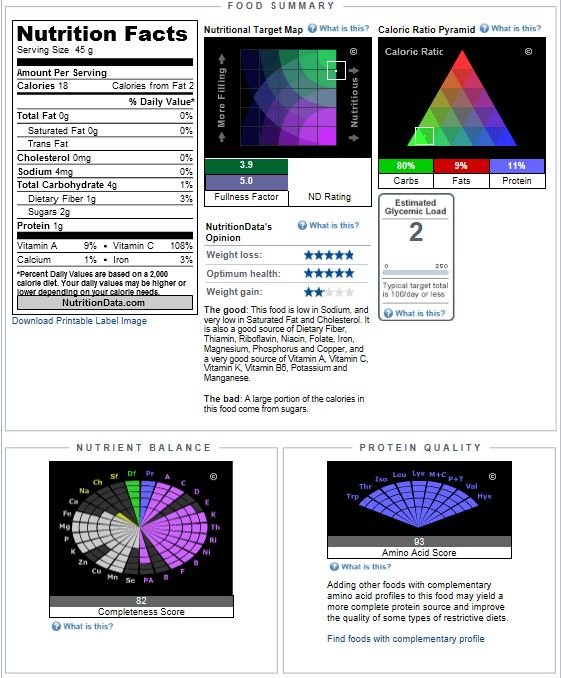
Cinnamon, ground
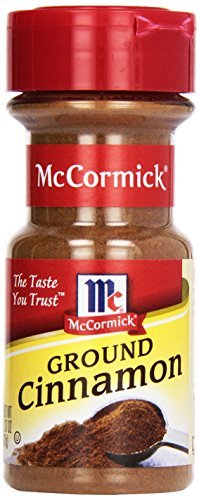
The medicinal properties of cinnamon were know of in ancient times. The Egyptians imported cinnamon from China in 2,000 B.C. The Romans considered cinnamon to be sacred. And the search for cinnamom was a driving force for world exploration in the fifteenth and sixteenth centuries.
For diabetics certain spices hold promise for stimulating the efficiency of insulin. In animal studies Richard Anderson of the U.S. Department of Agriculture's Human Nutrition Center found that certain spices enhance insulin's abilit to process sugar. Mr. Anderson found that sage and oregano double insulin activity, turmeric and cloves tripple insulin activity, and cinnamon is the most potent of all.
A study performed by George Washington University found that cinnamon may also play a role in lowering blood pressure.
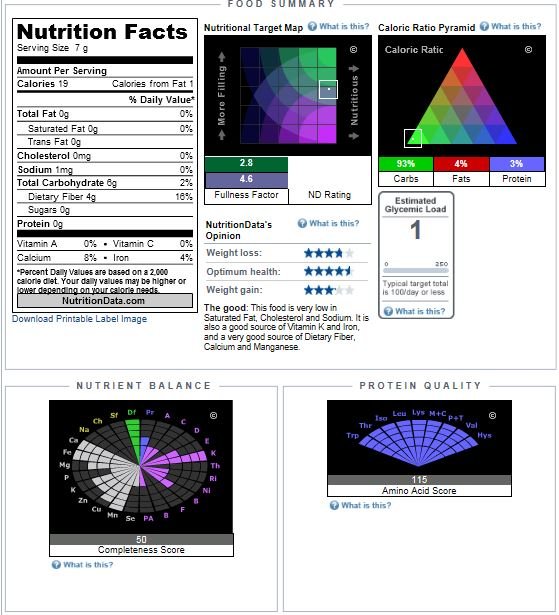
Curry Powder
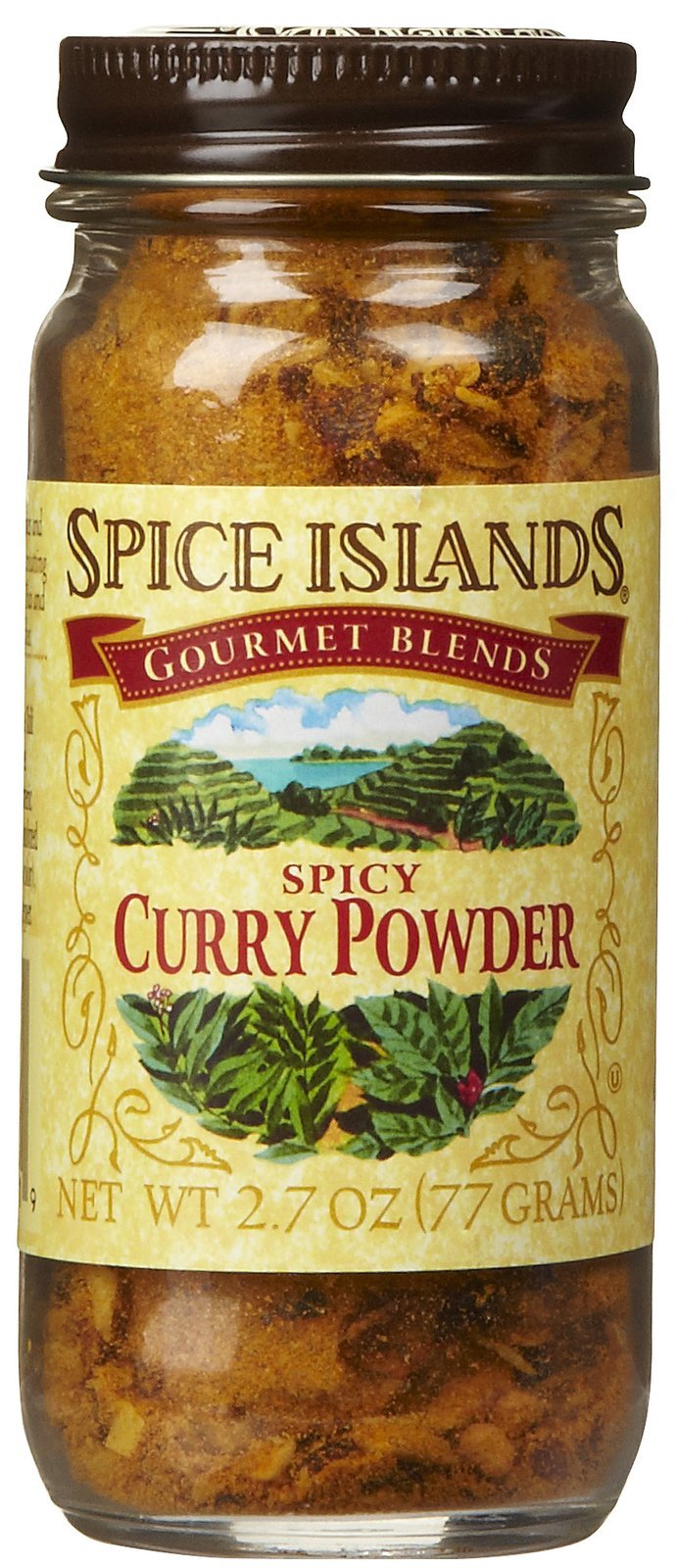
Healers used curry powder to aid digestion for centuries in India. Many curry spices were used before refridgeration to prevent food from going rancid. The spices are powerful agents against bacteria and other germs that spoil food.
Curry powder is actually a combination of spices: turmeric, cinnamon, garlic, ginger, cardamon, coriander, cumin, and a few other spices. Some of the spice compounds are potent anti-oxidants that protect normal cells from damage by cancer-causing free radicals. And other spice compounds in curry powder have an antibiotic effect than can help thwart bacteria responsible for food poisoning.
Curry spices have been found to lower cholesterol, prevent the formation of blood clots, and reduce inflammation which can relieve aches and pains associated with arthritis.
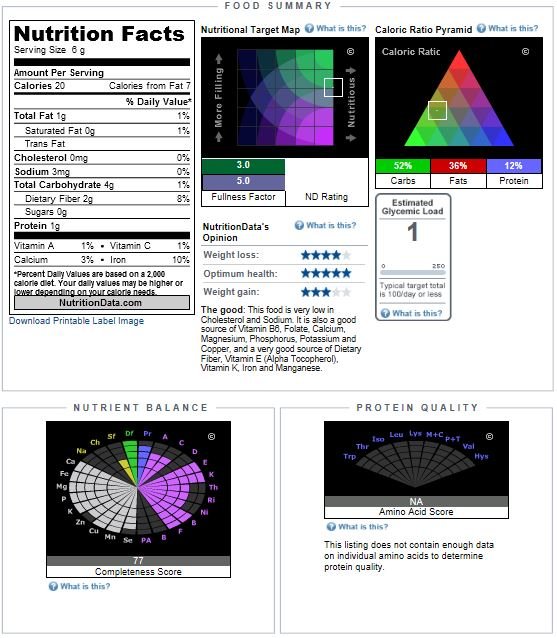
LiveStrong Information benefits and possible side effects
Ginger, ground

Ginger has been used by the Chinese since 600 B.C. to zip up cuisine. In the Middle Ages the Europeans relied on ginger to drown out the bad taste of spoiled meat.
Internationally ginger is recognized as a healing spice. Ginger combats nausea caused by motion sickness or morning sickness during pregnancy. It may also help relieve stomach upset. Asian physicians prescribe fresh gingerroot for vomiting, coughing, stomach upset, and fever. Africans drink gingerroot as an aphrodisiac. In New Guinea women eat the dried ginger root as a contraceptive. And in India children are given fresh ginger tea for whooping cough.
Ginger's ability to reduce the risk of heart disease has been the focus of Danish investigator K. C. Srivastava. Srivastava claims that ginger is a more potent blood thinner than garlic or onion. The studies showed ginger can significantly reduce the ability of blood to clot.
In India researchers found that in animals the spice has the ability to offset the cholesterol-raising effects of a high-fat diet.
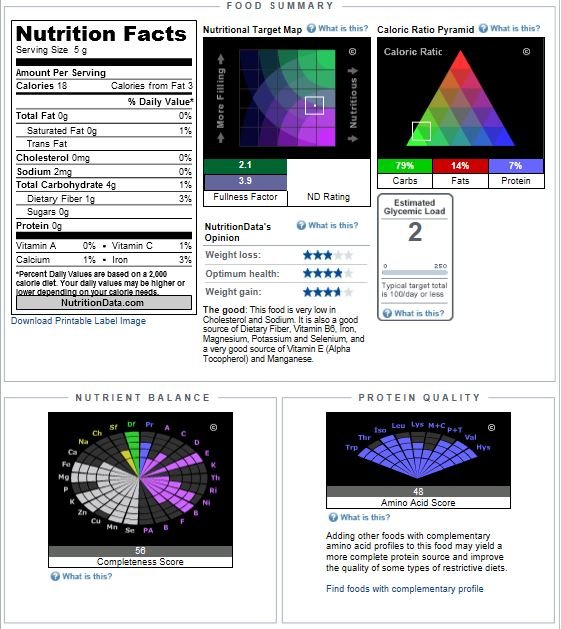
Turmeric, ground

Turmeric gives curry it golden color. A USDA sponsored study showed that turmeric boosts the ability of insulin to metabolize glucose, which can help to control diabetes.
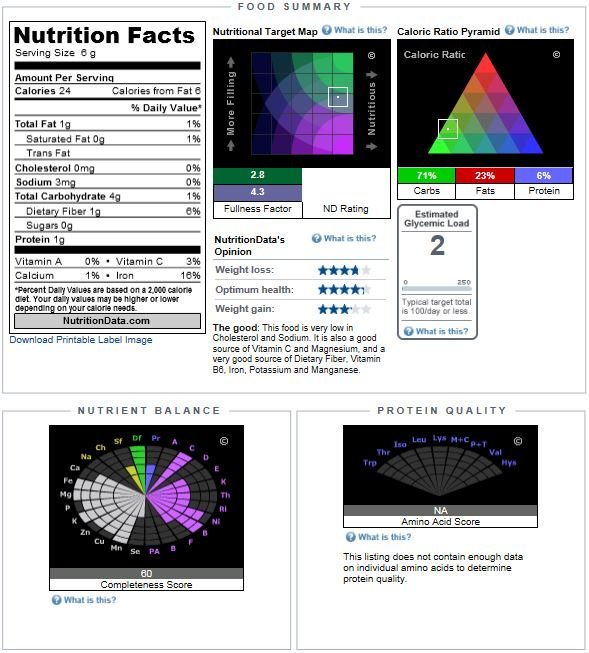
Lemon juice (Raw)

Lemons are among the most widely used citrus fruits. Lemon use in Asia dates back 2,500 years. Lemons were brought to Spain and Africa by the Arabs in the twelfth century.
Like other citrus fruits, lemons are a source of vitamin C. Fifty percent of the recommended daily allowance of Vitamin C can be had from the juice from one lemon. Vitamin C is a potent anti-oxident. It helps prevent cancer, heart disease, and reduces risk of infections. Lemons are a source of limonene. Limonene is a citrus oil that in animals has been shown to thwart cancerous tumors. Other substances in lemons are terpenes. Terpenes control the production of cholesterol.
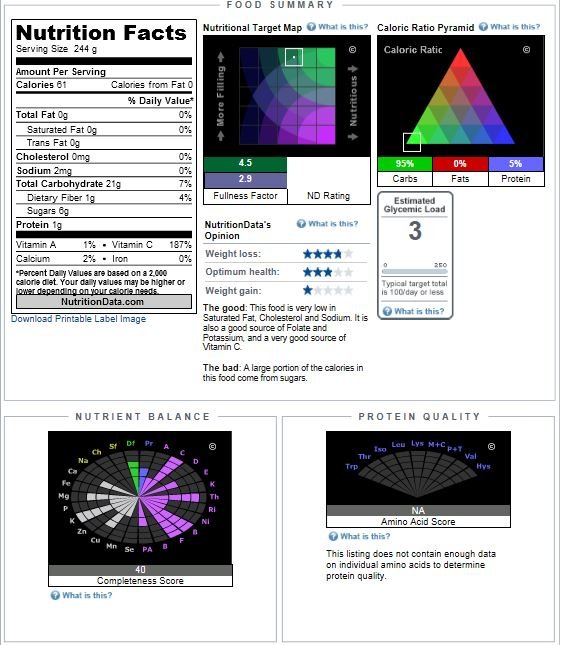
Parsley, dried

In Roman times parsley was fed to chariot horses. It was thought to make the horses run faster.
Parsley is often used as a garnish, but it is an herb stocked with nutrients. The National Cancer Institute has recognized parsley for its cancer-fighting potential. A few of the potent chemicals in parsley include:
- Polyacetylenes: Halt the production of eicosanoids that may promote cancer.
- Coumarins: Help prevent blood clotting, reducing risk of arterial blockages that can lead to heart attacks.
- Flavonoids: Anti-oxidants that neutralize dangerous free-radicals and flavonoids can deactivate hormones that trigger tumor growth.
- Monoterpenes: Anti-oxidants that help fight cancer and reduce cholesterol.
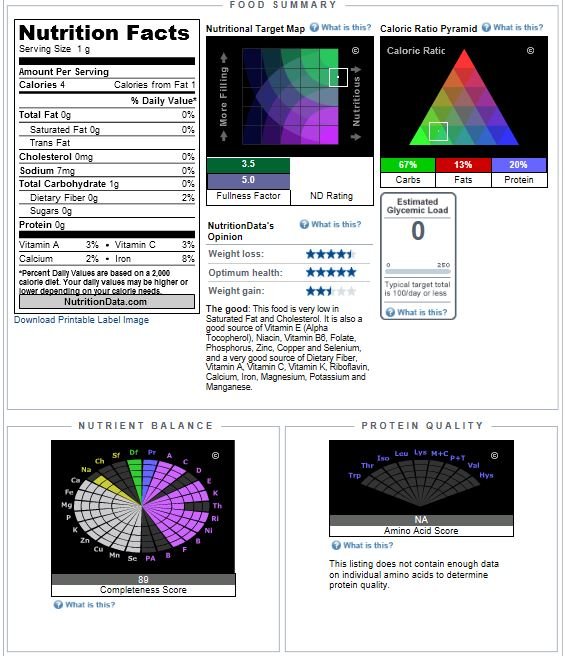
Sesame Seeds, whole, dried
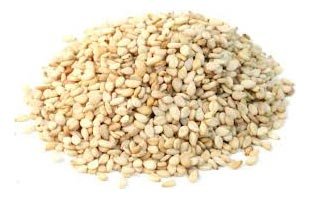
Sesame seeds contain up to 50% heart-healthy mono-unsaturated fat. The anti-oxidants in the seeds help the body to neutralize free-radicals. Sesame seeds have a high magnesium content that helps to steady nerves. The seeds are also a source of calcium.
The compound sesamin, found only in sesame seeds, can inhibit the production of arachidonic acid in the body. This acid is the building block of eicosanoids associated with heart disease, cancer, and arthritis.
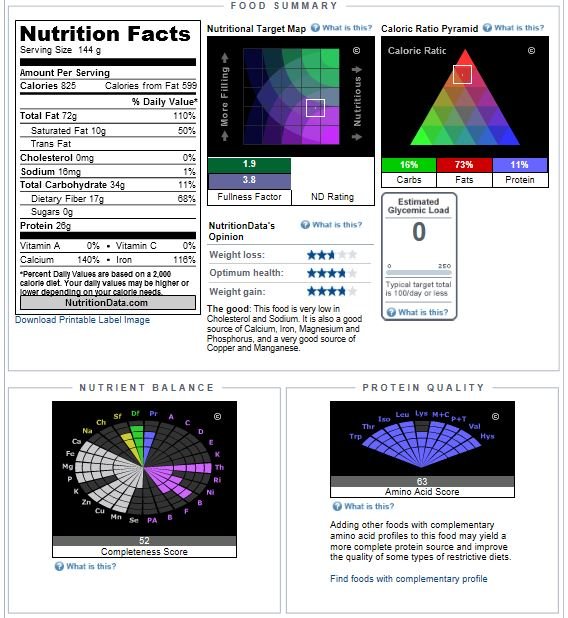
Sources:
Product Image Sources found on Google Images
Nutritional Data Charts from SELFNutritionData
Information on the spices and condiments came from the book "The Top 100 Zone Foods" by Dr. Barry Sears, 2001
